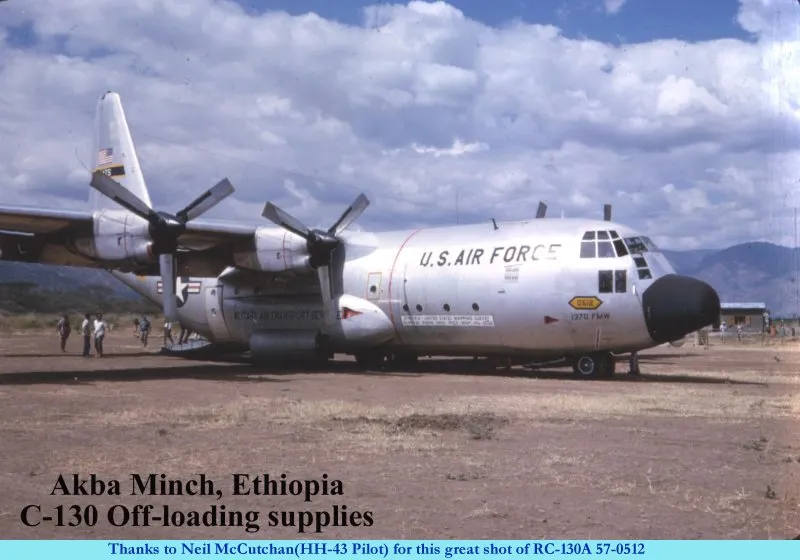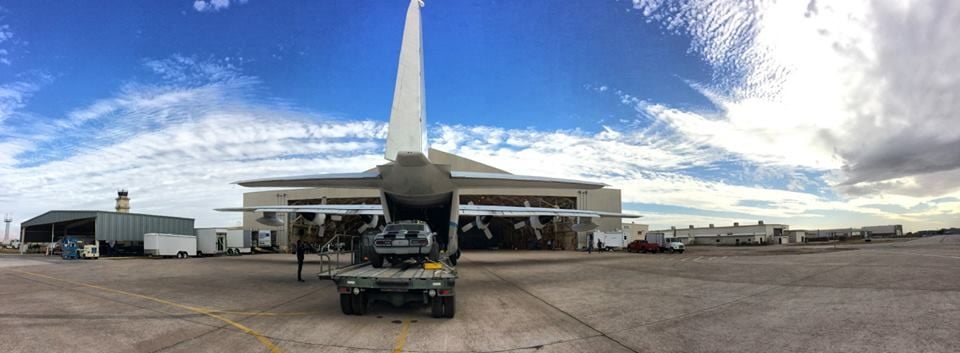Guess Which Presidential Candidate Used to Fly C-130s
The right backdrop for kicking off a long, hard campaign
/https://tf-cmsv2-smithsonianmag-media.s3.amazonaws.com/filer/ae/b6/aeb6bc8a-f4b1-44d5-a1ee-45d56cdab30d/10246861_823848851003757_69350569168525844_n.jpg)
Rick Perry, former governor of Texas, announced his presidential bid last week. Of course, all our attention here at Air & Space was drawn to the backdrop: a real-life Lockheed C-130.
So far as we can tell, Perry is the only pilot (or ex-pilot) in the 2016 race. Only four pilots have actually served as President: George H.W. Bush, who flew TBM Avengers during World War II (and was famously shot down), his son George W. Bush, who flew Convair F-102s for the Texas Air National Guard, Dwight Eisenhower, who had a private pilot’s license. Gerald Ford trained as a pilot and earned his license but ultimately became a ship crewman. At least one candidate, George McGovern, was also a pilot (he flew B-24s during WWII).
Perry’s choice of backdrop was no accident: Political messages aside, he was a C-130 pilot for the U.S. Air Force, based out of Dyess Air Force Base near Abilene, Texas, from 1974 to 1977. The vast majority of C-130s are military aircraft, and the one used as Perry’s backdrop, serial number 57-0512, has had a typically long and varied career.
The C-130 was the first military turboprop, and 57-0512 was one of the first to roll off the Marietta, Georgia assembly line, for delivery to the Air Force in 1959. Eleven airplanes, including 0512, were modified into RC-130As, used to sniff for stray electronic and radar emissions. Pictures and recollections from former crewmen record flights in Ethiopia and Peru, among other places. Eventually it was upgraded with four-blade propellers and sent to the Rhode Island Air National Guard, where it stayed until its retirement to the famous Boneyard at Davis Mothan in Tucson, Arizona.

There it stayed until the Air Force offered to trade retired C-130s to companies still flying ancient Douglas DC-7s (which the USAF wanted for museums). Because reconnaissance aircraft tend to be used more gently than cargo transports, low-time 0512 was a natural choice, and it was picked up in 1990 by T&G Aviation, whose corporate successor, International Air Response (IAR), still operates 0512 with the tail number N118TG, out of Phoenix Mesa Gateway airport in Arizona.

N118TG has been busy ever since. It was modified with drop-doors for firefighting, though it never worked a real fire. It’s been painted to look like a military aircraft for movies, and wrapped up like a Duracell battery for an advertisement. It has dropped cars for Fast and Furious 7, fake Navy SEALs for Captain Phillips, and real Navy SEALs on exercises over Arizona. It was used to test parachutes for NASA’s Orion space capsule, and it has tested GPS-guided parachutes and even missiles for the military. These days it often sits on 24-hour alert, equipped with an oil dispersant spray system in case of an oil spill (another IAR C-130 was one of the first aircraft responding to the Deepwater Horizon disaster). After 56 years of flight IAR has no plans to retire it.
Candidate Perry may have a year of hard campaigning ahead of him, but only one C-check—a routine heavy maintenance check that requires extended downtime—stands between N118TG and eight more years of service.